Baryon Design collated data for all the vehicles James Bond used across all 25 films. You can see every vehicle used, categorized by type and displayed by time of use.
-
The New York Times analyzed Russian radio communications near Kyiv. The unencrypted transmissions, which anyone with a ham radio could record and even interject in, seem to suggest logistical mistakes early on.
The mixed media piece, driven primarily by audio, adds another dimension to the wideout map views of the invasion.
-
Excess deaths is the difference between expected deaths based on historical data and actual total deaths. It’s an estimate for how many people really died from covid. For Axios, Will Chase and Caitlin Owens charted excess deaths for Republican-leaning states compared against Democratic-leaning states, between March 2020 and March 2022.
-
Members Only
-
Based on estimates from the World Inequality Lab, Bloomberg shows how wealthier individuals’ habits — not just countries’ activities — contribute more to overall carbon emissions.
There’s a 3-D grid map with a square for each country. It transitions from the usual way of looking at national carbon emissions to carbon emissions from the wealthy who live everywhere. You can always count on Bloomberg to keep their graphics spicy.
-
Here’s a fun/alarming weather map from The Pudding. Using data from the Applied Climate Information System, they show the number of days since a record-high temperature in hundreds of U.S. cities. The counters are in the style of those signs in factories that show days since the last injury.
-
Millions of Ukrainians (over three million as of this writing) have left their homes for other countries in a relatively short period of time. Sara Chodosh, Zach Levitt and Gus Wezerek for NYT Opinion put the total as of March 13 into perspective. Over just an 18-day period, Ukraine refugee counts have surpassed counts during those of other refugee crises over one-year periods, since 1975.
-
Childcare is expensive in the United States. So as you would expect, higher-income households tend to use non-parental childcare more, whereas lower-income households tend more towards only parental care. Here are the percentages, based on 2019 estimates from the National Center for Education Statistics.
-
For The Washington Post, Andrew Van Dam, Youjin Shin and Alyssa Fowers plotted the value of imports to Russia by country and whether that country has imposed sanctions or not.
The bumpy alluvial diagram shows values and rank over time with “other countries” split out on the bottom. I wonder if it would’ve been worth splitting no-sanction and sanction countries for the top and bottom instead.
-
For NYT’s The Upshot, Bianca Pallaro and Alicia Parlapiano break down the United States’ $13.6 billion in emergency spending to help Ukraine against Russia.
They start with an overview treemap and then zoom in on each spending category with a new section. A thumbnail for each section keeps you oriented with each static image.
Over the years, the treemap has been NYT’s clear go-to for showing any kind of spending categories. You can see an evolution from interactive tool meant for exploration and the desktop to this most recent piece made to read and work on mobile. It seems like a pretty good indicator for visualization on the web as a whole.
-
Changing the clocks twice a year can be a hassle, so some people in the United States want to permanently keep Daylight Saving Time. However, that also means some areas in the country end up with late sunrise, which means going to work or school in the dark. For The Washington Post, Justin Grieser, Joe Fox, and Tim Meko mapped how sunrise times would change.
-
Members Only
-
For FiveThirtyEight, Anna Wiederkehr and Amelia Thomson-DeVeaux, with illustrations by Nicole Rifkin, delve into the varying restrictions in each state. Laws based on fetus viability, distance to clinics, waiting periods, and cost must all be factored in with women’s decisions.
-
How to Make Cartograms in R
While the reshaped geography doesn’t work all the time, the use of size to show data can be more intuitive in some cases.
-
Population.io by World Data Lab asks your birthday, country of residence, and gender. It spits out tidbits comparing your age to the rest of the world population, such as how old you are compared to others and how many people you might share a birthday with. Fun.
It also provides a few back-of-the-napkin calculations for life expectancy based on averages, with maybe a bit too much certainty for your expected date of death. For more uncertainty but more accuracy for what is known, see also this look at mortality.
-
NameGrapher is an interactive chart that lets you explore historical trends for baby names in the United States. Search for a name, and the chart updates as you enter more letters.
The chart is from Martin and Laura Wattenberg, and if it looks familiar to you, it’s because it’s an updated version of the now defunct NameVoyager they made in 2005. The new version, which also uses a stacked area chart to show name totals for boys and girls over time, also provides a few more search options and lets you compare multiple time series at once.
I’m glad it’s back. The NameVoyager was one of the first visualizations I ever saw, and it felt like something special was lost when the site shut down.
-
There was a time not that long ago when a hundred covid deaths seemed like a lot, but now the United States is getting closer to one million deaths with over a thousand deaths per day. The country is unmasking and re-opening. For The Atlantic, Ed Yong discusses the shifting baseline and our perception of these big numbers:
The United States reported more deaths from COVID-19 last Friday than deaths from Hurricane Katrina, more on any two recent weekdays than deaths during the 9/11 terrorist attacks, more last month than deaths from flu in a bad season, and more in two years than deaths from HIV during the four decades of the AIDS epidemic. At least 953,000 Americans have died from COVID, and the true toll is likely even higher because many deaths went uncounted. COVID is now the third leading cause of death in the U.S., after only heart disease and cancer, which are both catchall terms for many distinct diseases. The sheer scale of the tragedy strains the moral imagination. On May 24, 2020, as the United States passed 100,000 recorded deaths, The New York Times filled its front page with the names of the dead, describing their loss as “incalculable.” Now the nation hurtles toward a milestone of 1 million. What is 10 times incalculable?
-
To broadly show how people have lived in the U.S. during these past two years, The Washington Post shows percentages for various questions, such as “Have you had long covid?” and “Did you work from home?” But instead of using something like pie charts, they used people icons in illustrated unit charts.
In the above, each person represents a percentage point. There’s also a multiple-choice element to the piece, which helps readers relate personally, but I think it’s mostly there as a way to reveal the full answer breakdowns.
Projects like this one always remind me of World of 100.
-
I don’t know if you’ve heard of it, but there’s this game called Wordle. You get a certain number of guesses to figure out a five-letter word each day. Apparently a lot of people play it, so much so that Robert Lesser collected 15 million Wordle-related tweets since January. Then he analyzed the popularity and difficulty levels of all the daily words.
The above chart shows the daily words sorted by difficulty level. “Swill” gave people the most trouble, but contrary to common belief, the words do not appear to be getting more difficult.
Anyway, check out this Wordle game. It’s not the word cloud thing anymore (tear).
-
Members Only

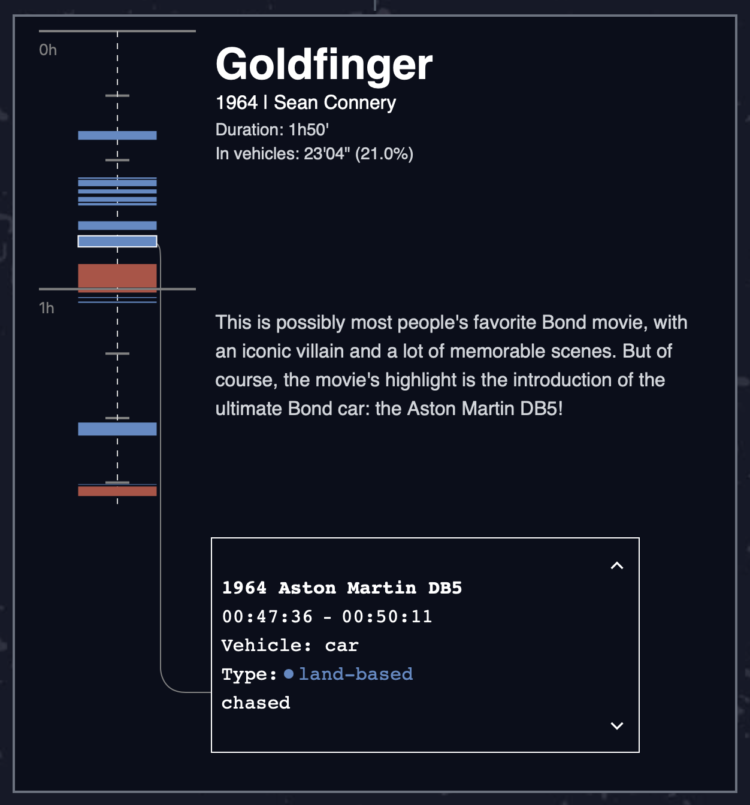
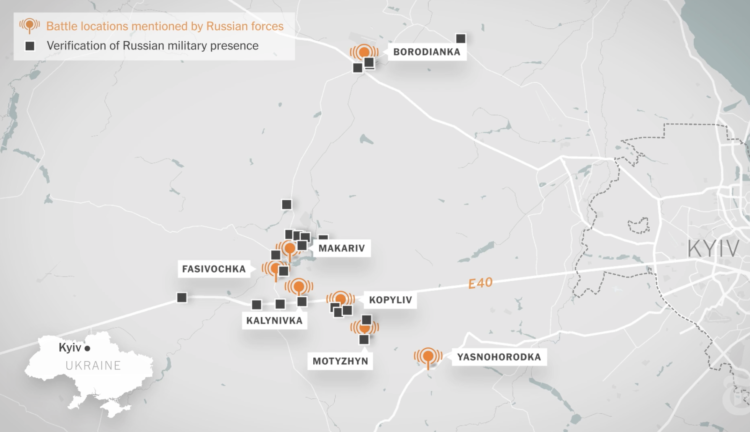
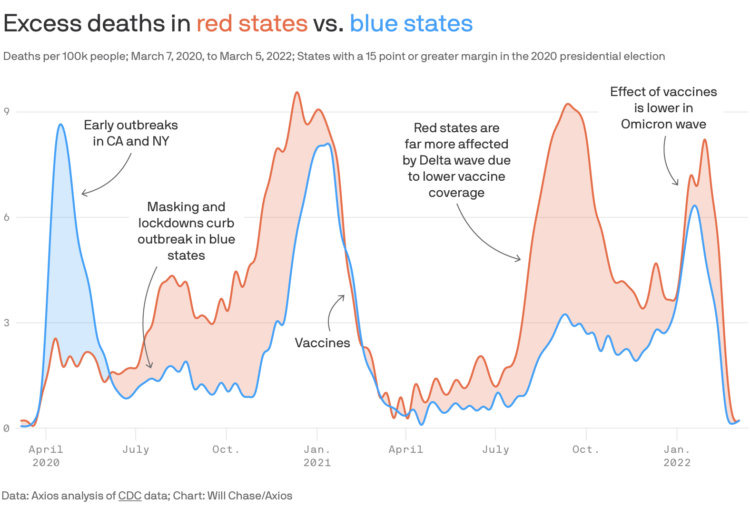
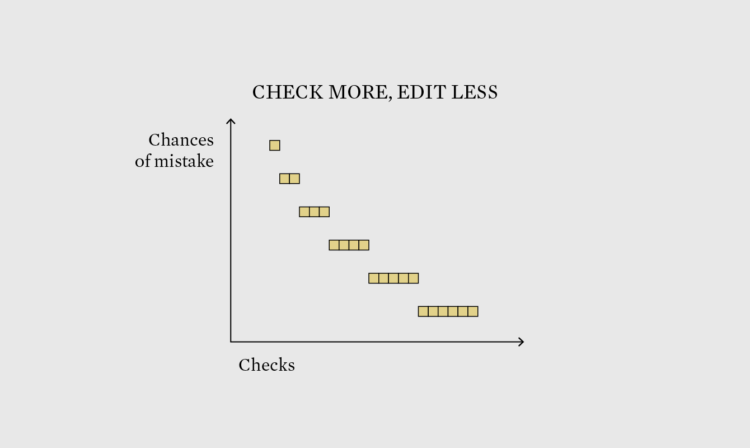

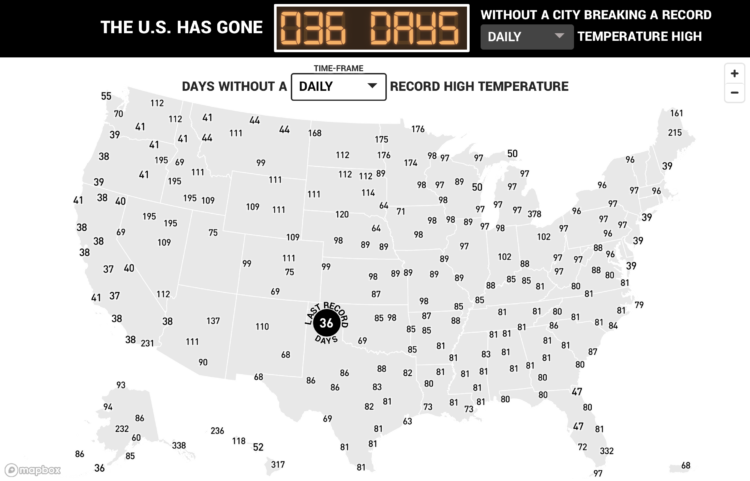
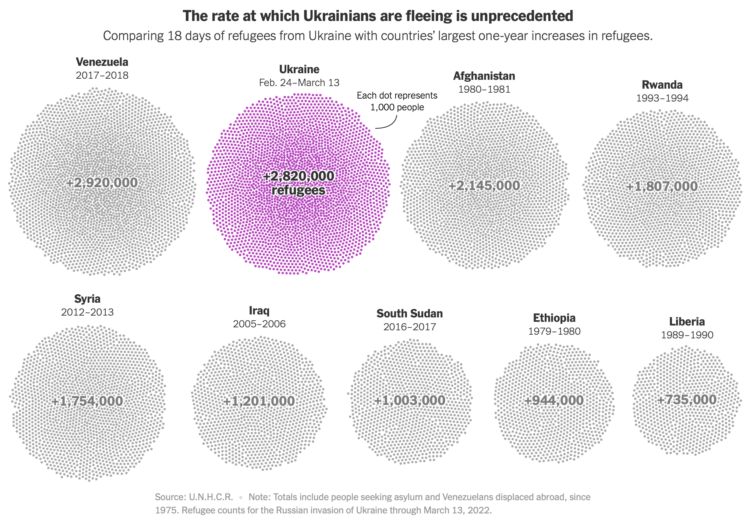

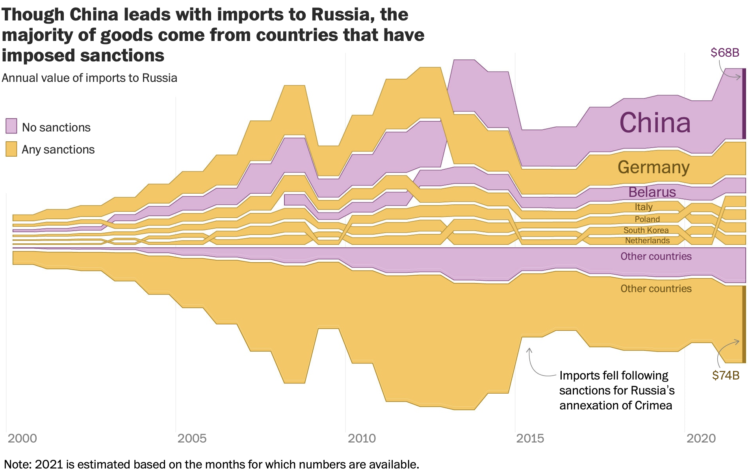
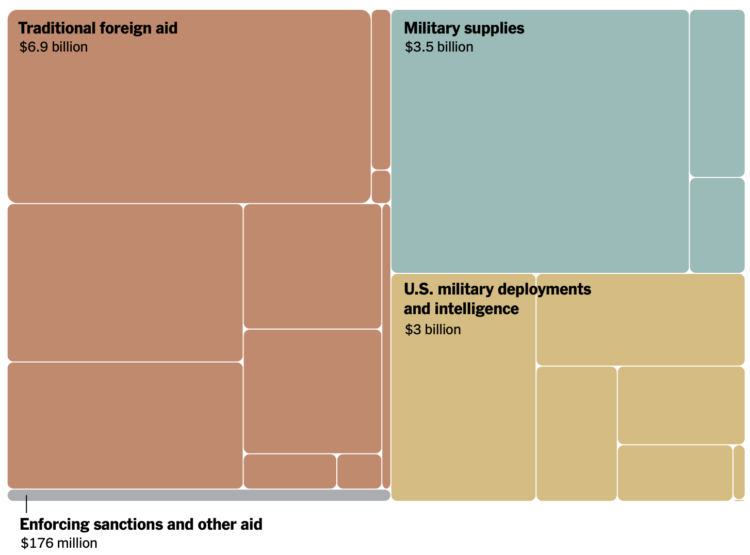


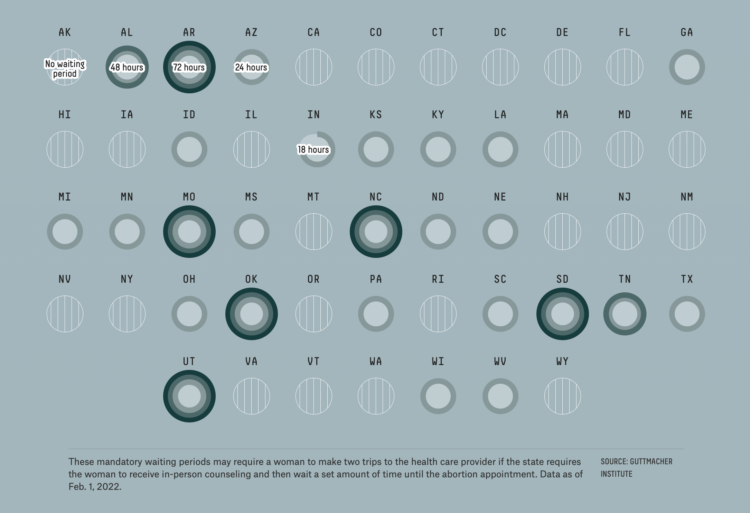
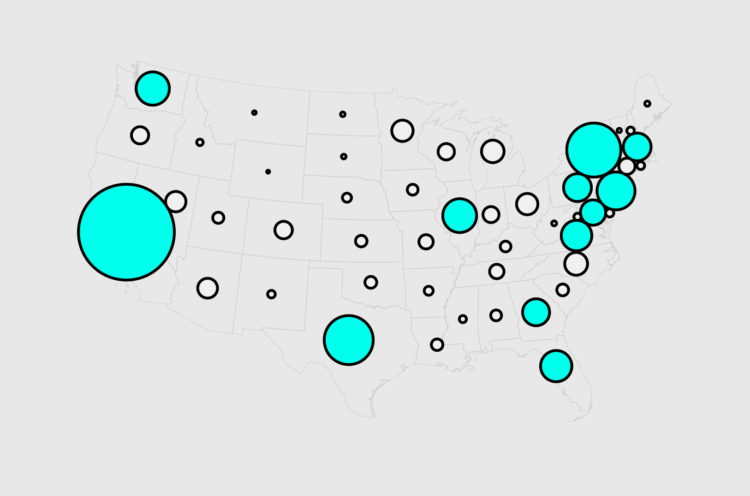
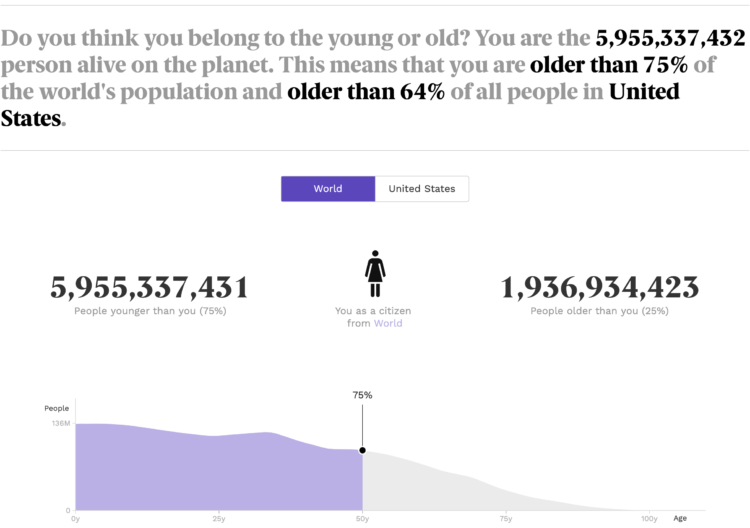
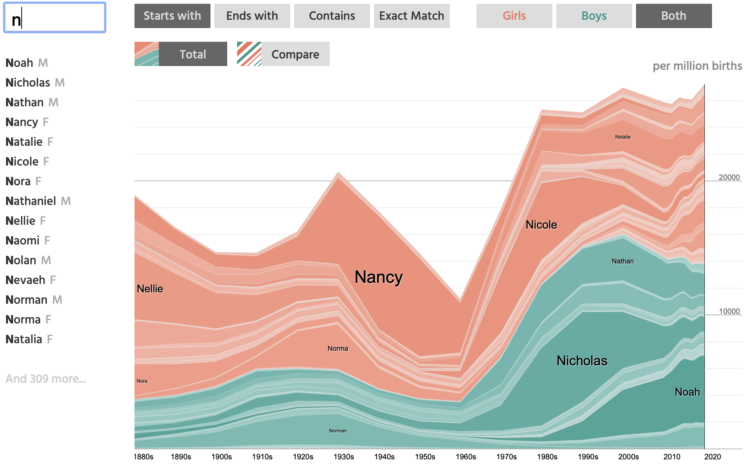
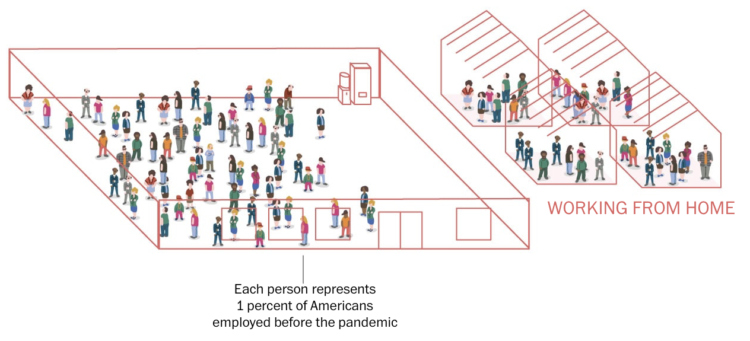
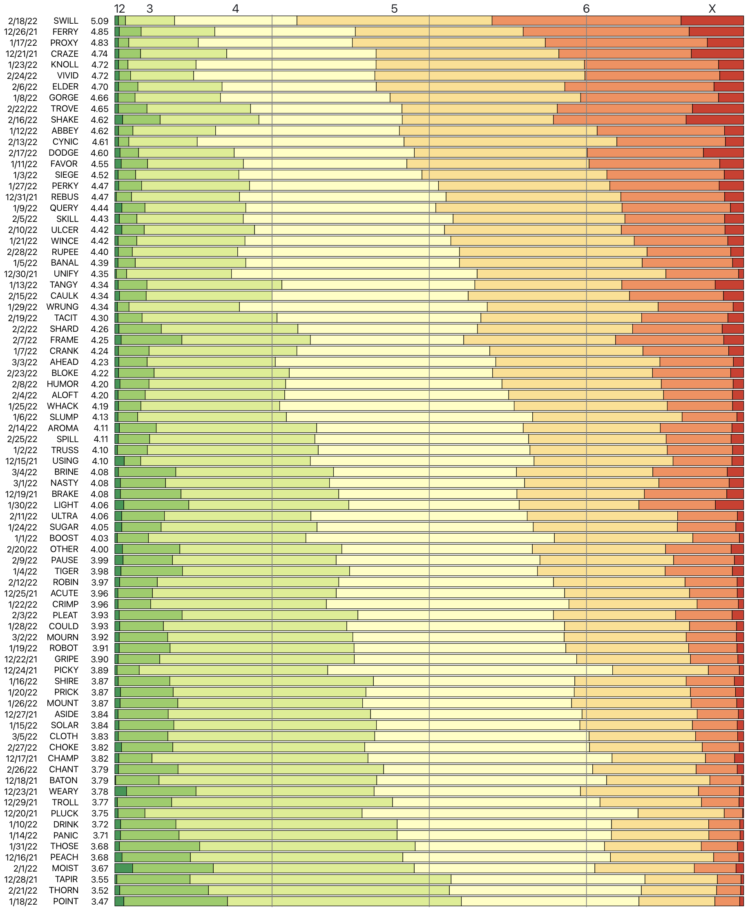
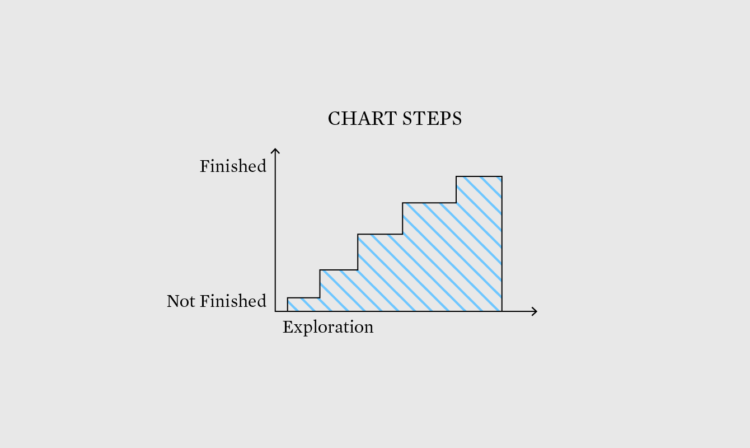
 Visualize This: The FlowingData Guide to Design, Visualization, and Statistics (2nd Edition)
Visualize This: The FlowingData Guide to Design, Visualization, and Statistics (2nd Edition)









